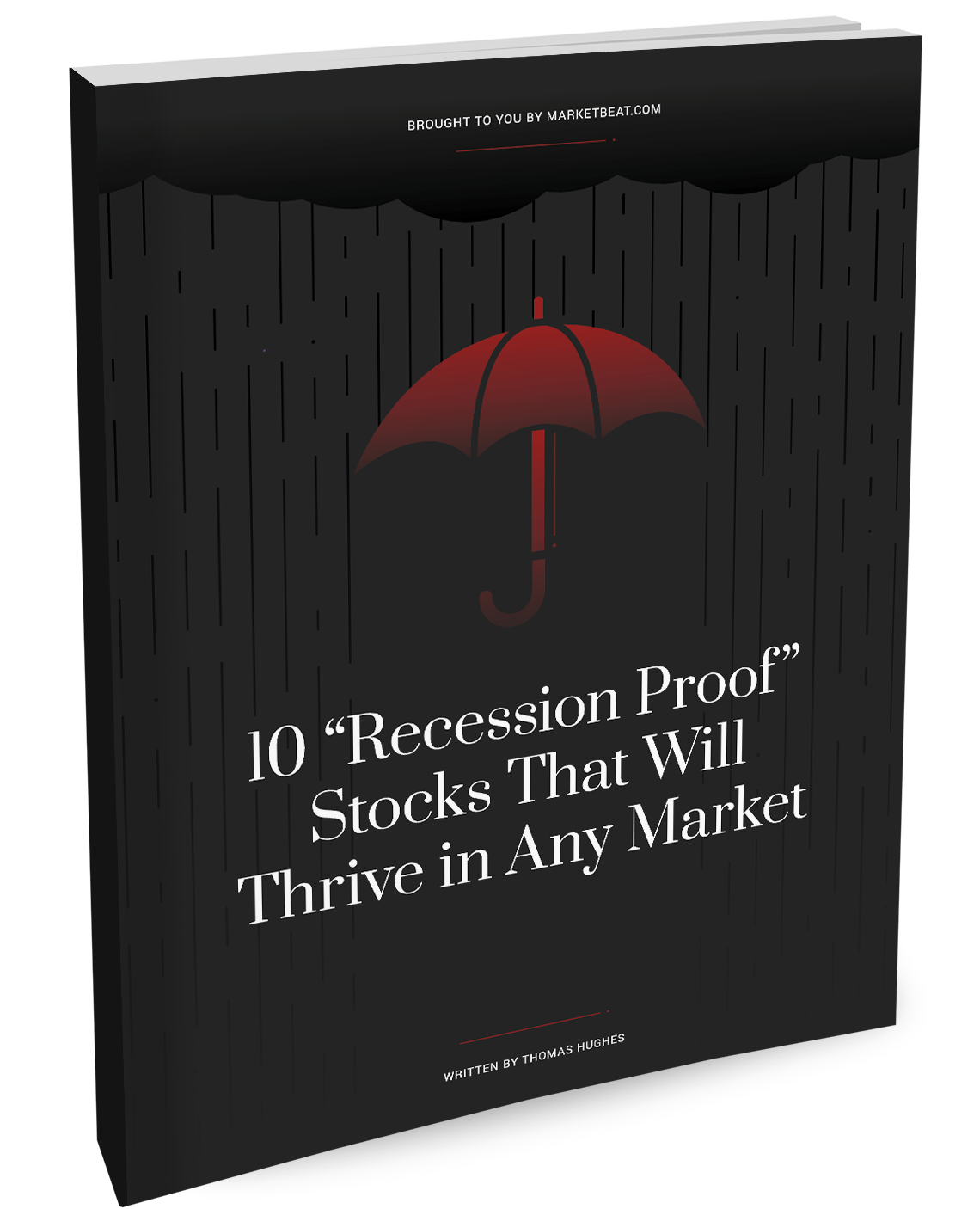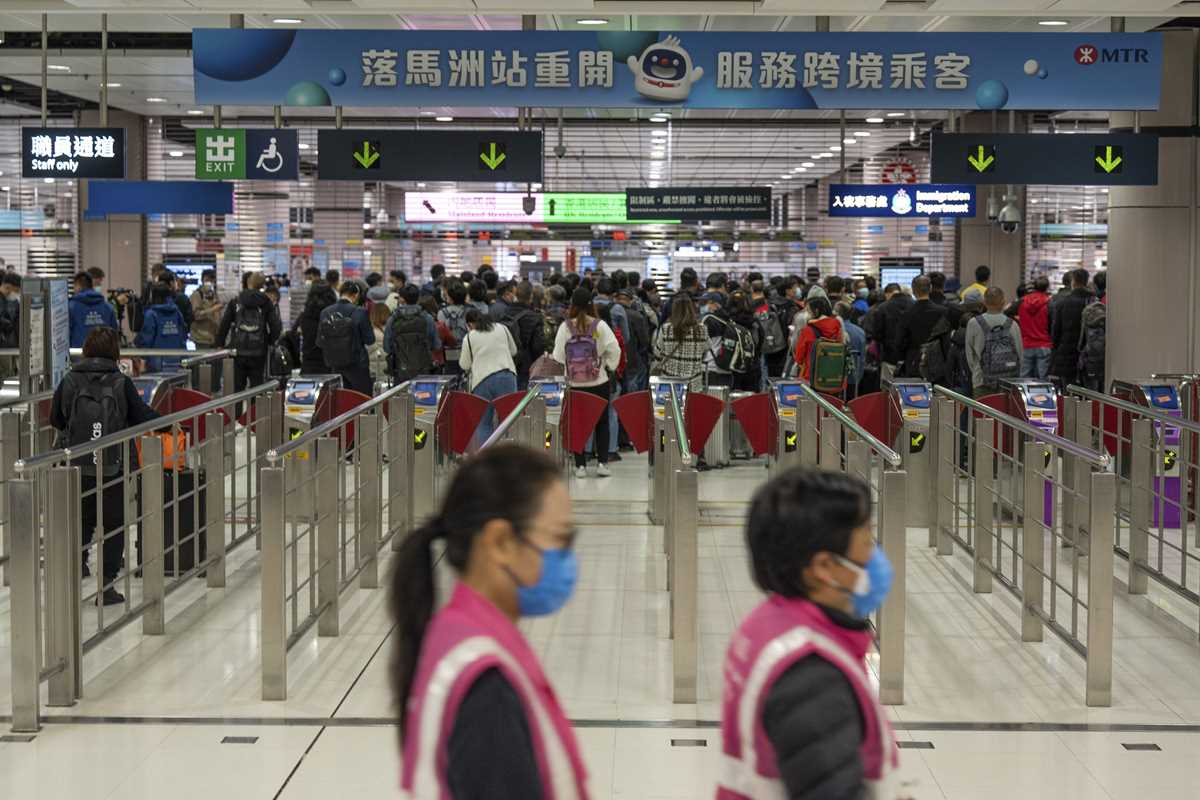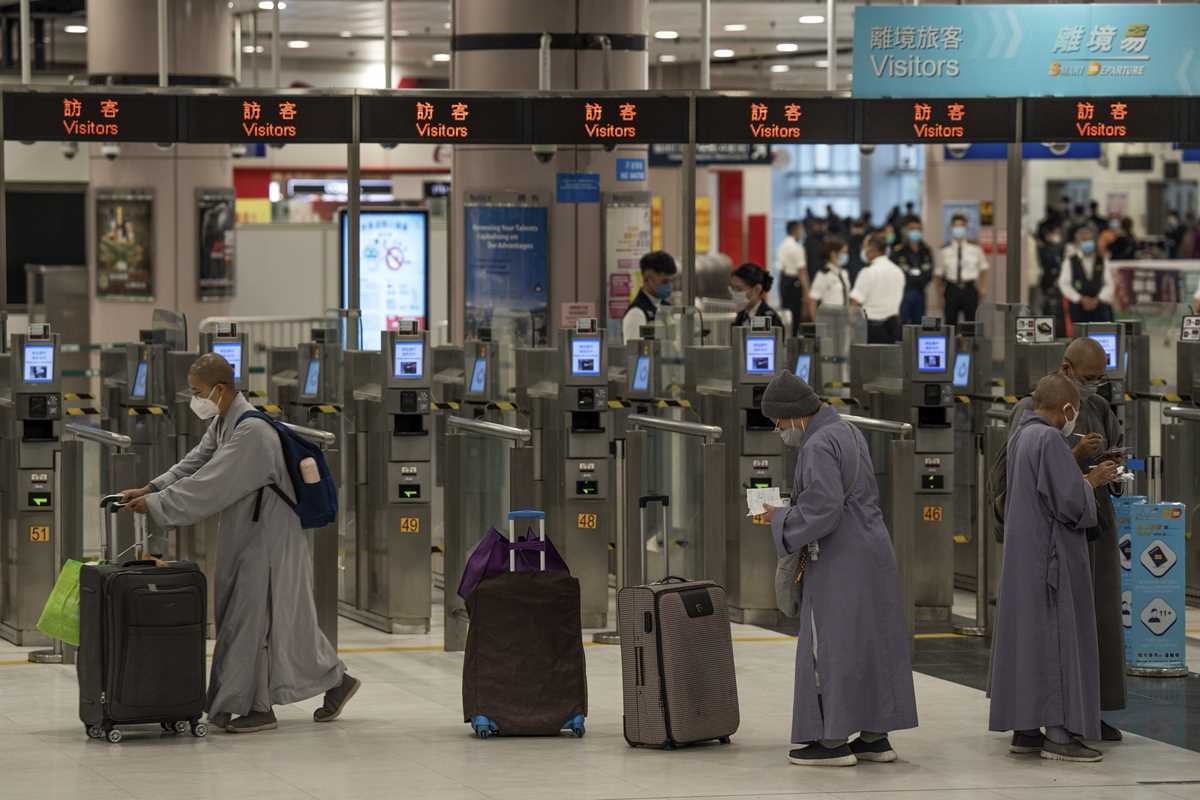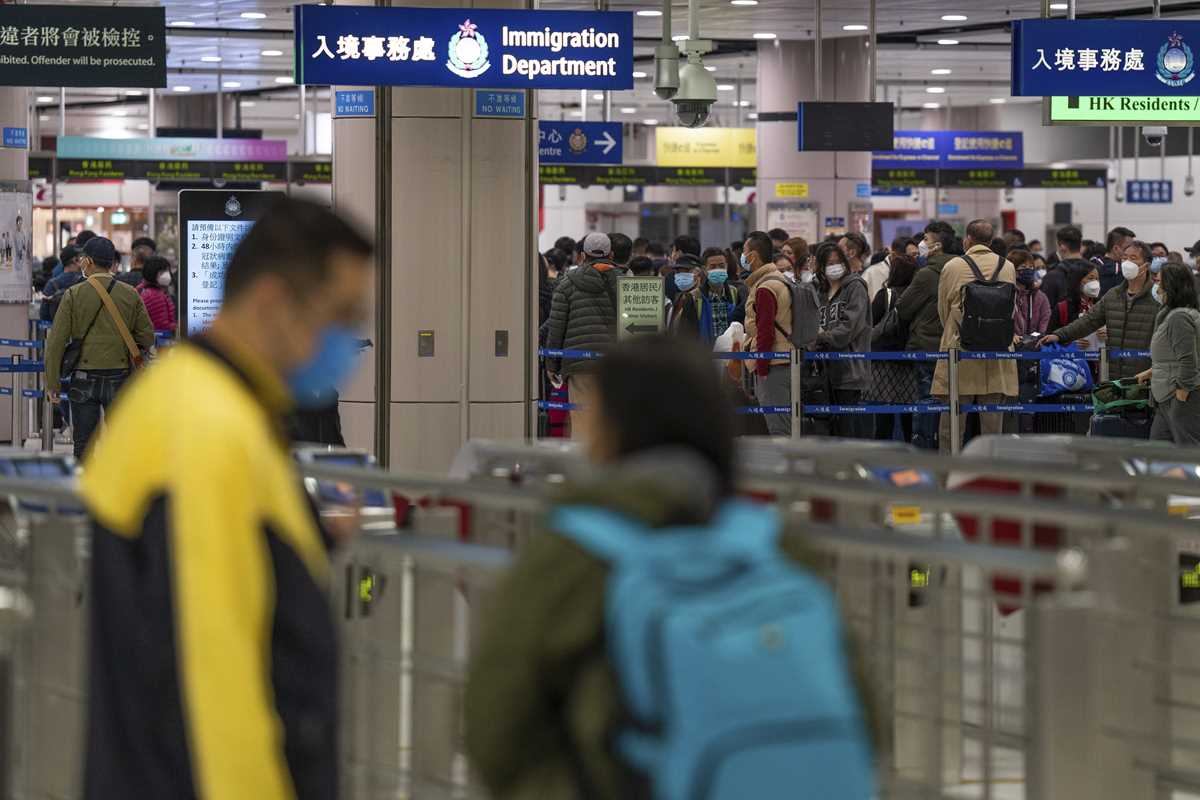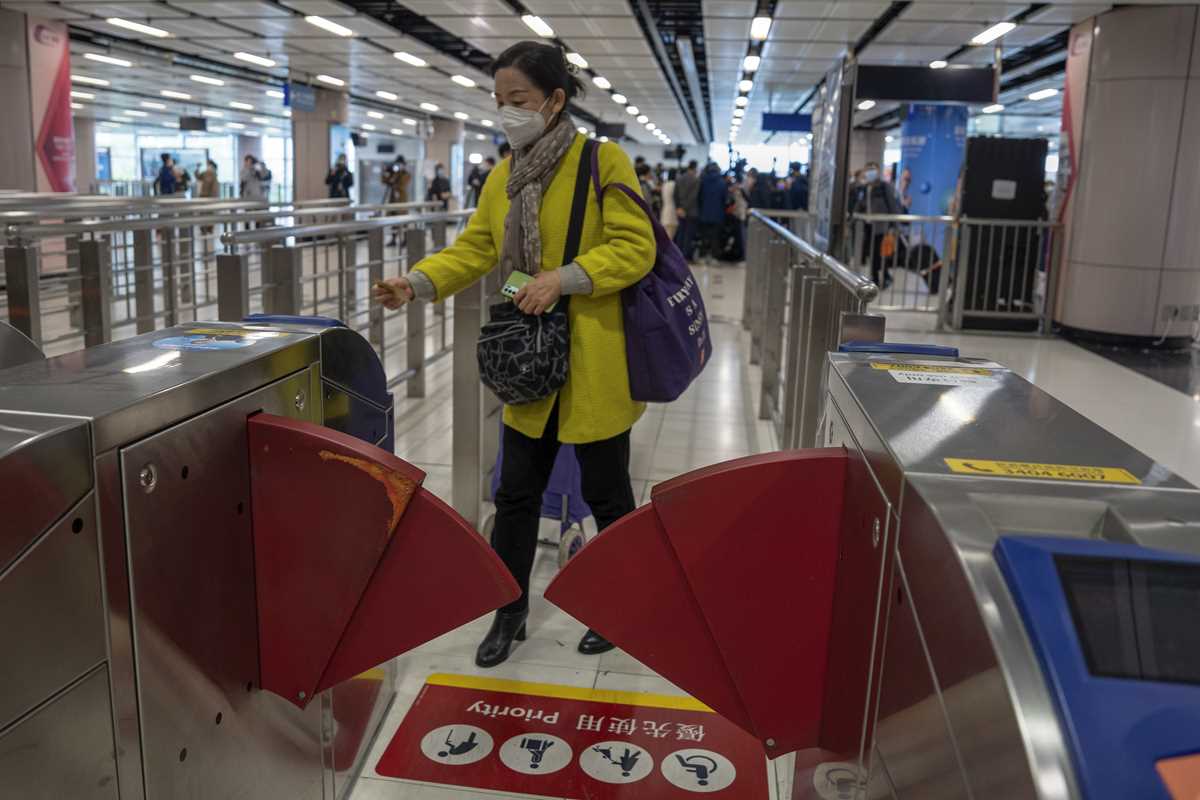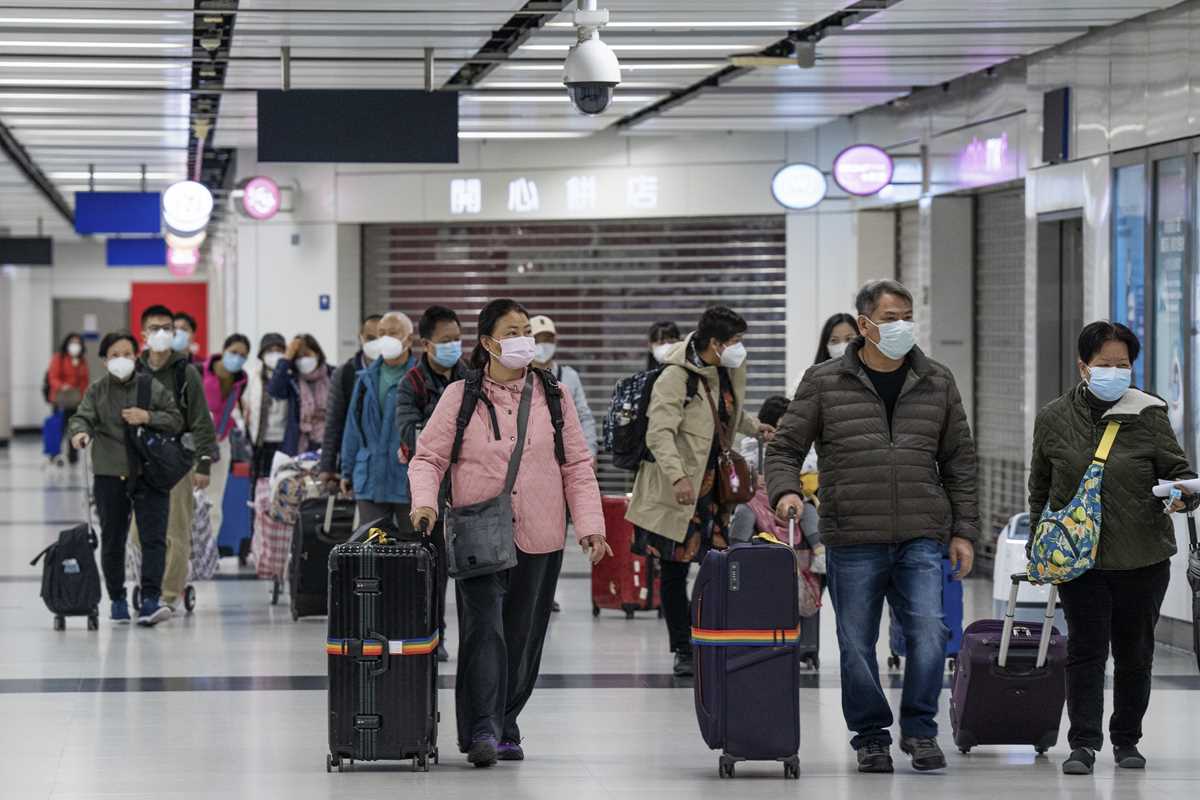
People wearing face masks walk along a street in Beijing on Friday, January 6, 2023. China has suspended or shut down the social media accounts of more than 1,000 critics of the government’s policies around the COVID-19 outbreak as the country move further open. (AP Photo/Andy Wong)
BEIJING (AP) — China has suspended or closed the social media accounts of more than 1,000 critics of the government’s policies on the COVID-19 outbreak, as the country moves to open up further.
Popular social media platform Sina Weibo said it had dealt with 12,854 breaches including attacks on experts, scholars and healthcare workers, and issued temporary or permanent bans on 1,120 accounts.
The ruling Communist Party had relied heavily on the medical community to justify its harsh lockdowns, quarantine measures and mass testing, almost all abruptly abandoned last month, leading to a surge of new cases that have pushed the medical resources. The party does not allow direct criticism and imposes strict limits on freedom of speech.
The company will “continue to increase the investigation and cleanup of all kinds of illegal content and create a harmonious and friendly community environment for the majority of users,” Sina Weibo said in a statement dated Thursday.
Criticism has largely focused on heavy-handed enforcement of the regulations, including indefinite travel restrictions that have seen people confined to their homes for weeks, sometimes sealed inside without food or adequate medical care. Anger was also vented over the requirement that anyone who potentially tested positive or had been in contact with such a person be placed under observation in a field hospital, where overcrowding, poor nutrition and the hygiene.
The social and economic costs eventually prompted rare street protests in Beijing and other cities, possibly influencing the party’s decision to quickly ease the tougher measures.
As part of the latest changes, China will no longer bring criminal charges against people accused of violating border quarantine rules, according to a notice issued by five government departments on Saturday.
Those currently in custody will be released and seized assets returned, the notice said.
The adjustments “were made after comprehensively considering the harm of the behaviors to society, and are aimed at adapting to new situations of epidemic prevention and control,” the official website of the China Daily newspaper said in a report on the notice.
China is now facing increased cases and hospitalizations in major cities and is preparing for further spread to less developed areas as the Lunar New Year travel rush kicks off in the coming days. While international flights are still reduced, authorities say they expect domestic rail and air travel to double from the same time last year, bringing overall numbers closer to those of the 2019 holiday period before the pandemic.
The Transport Ministry on Friday called on travelers to reduce travel and gatherings, particularly if they involve the elderly, pregnant women, young children and people with underlying conditions.
People using public transport are also asked to wear masks and pay special attention to their personal health and hygiene, Deputy Minister Xu Chengguang told reporters at a briefing.
However, China is moving forward with a plan to end mandatory quarantines for people arriving from overseas starting Sunday.
Beijing also plans to lift the requirement for city school students to take a negative COVID-19 test to enter campus when classes resume on February 13 after the holidays. While schools will be allowed to move classes online in the event of new outbreaks, they need to return to in-person instruction as soon as possible, the city’s education office said on Friday.
However, the end of mass testing, an extremely limited amount of baseline data such as the number of deaths, infections and severe cases, and the potential emergence of new variants have prompted governments in other parts of the world to institute antivirus testing requirements for travelers from China.
The World Health Organization has also expressed concern over a lack of data from China, while the United States requires a negative test result for travelers from China within 48 hours of departure.
Chinese health authorities publish a daily count of new cases, severe cases and deaths, but those numbers only include officially confirmed cases and use a very narrow definition of COVID-related deaths.
Authorities say that since the government ended mandatory testing and allowed people with mild symptoms to be tested and convalesced at home, it can no longer provide a full picture of the state of the latest outbreak.
On Saturday, the National Health Commission reported 10,681 new domestic cases, bringing the total number of confirmed cases in the country to 482,057. Three new deaths were also reported in the past 24 hours, bringing the total to 5,267.
The numbers are a fraction of those announced by the United States, which has estimated the death toll at more than 1 million out of some 101 million cases.
But they are also much smaller than the estimates released by some local governments. Zhejiang, a province on the east coast, said on Tuesday it was registering about 1 million new cases a day.
China has said testing requirements imposed by foreign governments – most recently Germany and Sweden – are not based on science and has threatened unspecified countermeasures. Its spokesmen said the situation was under control and rejected allegations of a lack of preparedness to reopen.
Despite those claims, the Health Commission launched regulations on Saturday for enhanced monitoring of viral mutations, including testing of municipal wastewater. The lengthy rules called for increased data collection from hospitals and local government health departments and intensified screening for “pneumonia of unknown causes”.
If a variant emerges in an outbreak, it is found through genetic sequencing of the virus.
Since the start of the pandemic, China has shared 4,144 sequences with GISAID, a global platform for coronavirus data. That’s just 0.04 percent of the number of reported cases, a rate more than 100 times lower than in the United States and nearly four times lower than in neighboring Mongolia.
Meanwhile, Hong Kong also plans to reopen some border crossings with mainland China on Sunday and allow tens of thousands of people to cross every day without being quarantined.
The semi-autonomous city in southern China has been hit hard by the virus, and its land and sea border checkpoints with the mainland have been largely closed for nearly three years. Despite the risk, the reopening is expected to provide a much-needed boost to Hong Kong’s tourism and retail sectors.
___
This story has been corrected to show that the latest Chinese data on cases and deaths was released on Saturday instead of Sunday.
Before you make your next trade, you’re going to want to hear this.
MarketBeat tracks Wall Street’s top-rated and best-performing research analysts and the stocks they recommend to their clients on a daily basis.
Our team identified the five stocks that top analysts are whispering to their clients to buy now before the broader market catches on… and none of the big stocks were on the list.
They believe these five stocks are the top five companies investors can buy now…
See the five titles here
